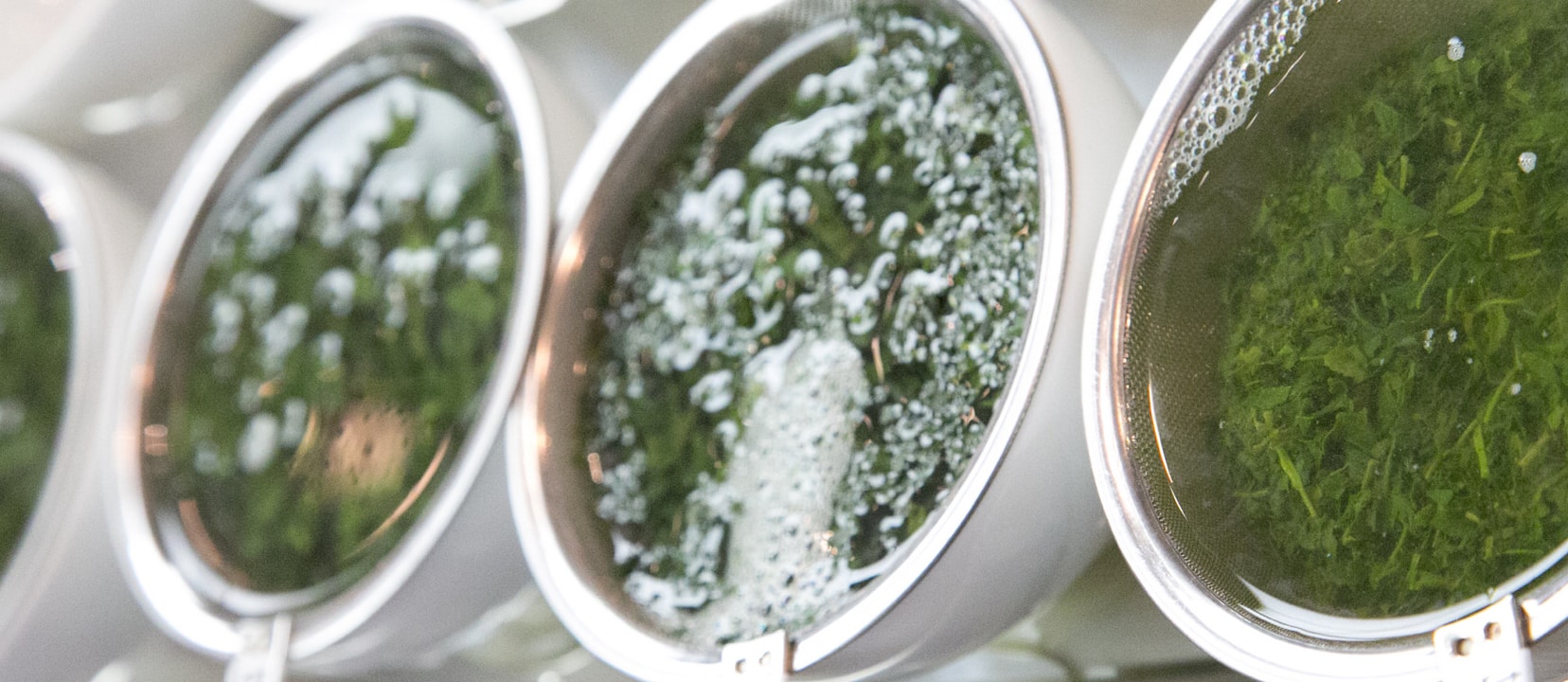The effects of a vegetarian diet on systemic diseases like cancer, diabetes, and heart diseases have been studied and have revealed predominantly less systemic diseases in those eating plant-based diets. However, there have only been a few studies on oral health, which I covered in my videos Plant-Based Diets: Oral Health and Plant-Based Diets: Dental Health.
What’s the latest? In a study of 100 vegetarians compared to a 100 non-vegetarians, the vegetarians had better periodontal conditions, showing less signs of inflammation like gum bleeding, less periodontal damage, and better dental home care, brushing and flossing 2.17 times a day compared to 2.02 times a day. The difference in home hygiene is not that large, though, so maybe it was something about their diet. However, vegetarians may have a healthier lifestyle overall beyond just avoiding meat. The researchers controlled for smoking, but other factors like obesity can adversely affect oral health, so there may be confounding factors. What we need is an interventional study, where researchers take people eating the standard Western diet, improve their diets, and see what happens. But no such study existed… until now.
With professional support of nutritionists, the participants of the study (highlighted in my video What’s the Best Mouthwash?) with existing periodontal disease changed their dietary patterns to so-called “wholesome nutrition,” a diet emphasizing veggies, fruits, whole grains, potatoes, beans, peas, lentils, and spices, with water as the preferred beverage. To make sure any changes they witnessed were due to the diet, researchers made subjects maintain their same oral hygiene before and after the dietary change. What did they find? They found that eating healthier appeared to lead to a significant reduction of probing pocket depth, gingival inflammation, and levels of inflammatory cytokines, which mediate the tissue destruction in periodontal disease. Therefore, the researchers conclude that wholesome nutrition may improve periodontal health.
Why might diet help? Plant-based diets have a number of nutritional benefits in terms of nutrient density, but it also may be about improving balance between free radicals and our antioxidant defense system. Traditionally, dietary advice for oral health was just about avoiding sugar, which feed the bad bacteria on our teeth. We now realize that some foods and beverages, like green tea, possess antimicrobial properties to combat the plaque producing bacteria directly.
If plaque is caused by bacteria, why not use antibiotics? Many such attempts have been made, however undesirable side-effects such as “antibiotic resistance, vomiting, diarrhea and teeth stains have precluded their use.” In a petri dish, green tea phytonutrients effectively inhibit the growth of these bacteria, but what about in our mouths? Researchers found that rinsing with green tea strongly inhibited the growth of the plaque bacteria on our teeth within minutes. Seven minutes after swishing with green tea, the number of harmful bacteria in the plaque scraped from people’s teeth was cut nearly in half.
If you swish sugar water in your mouth, within three minutes the pH on our teeth can drop into the cavity formation danger zone. But if 20 minutes before swishing with sugar water, you swished with some green tea, you wipe out so many plaque bacteria that the same sugar water hardly has any effect at all. The researchers conclude that using green tea as a mouthwash or adding it to toothpaste could be a cost effective cavity prevention measure, especially in developing countries.
In the “civilized world,” we have antiseptic mouthwashes with fancy chemicals like chlorhexidine, considered the gold standard anti-plaque agent. If only it didn’t cause genetic damage. DNA damage has been detected in individuals who rinsed their mouths with chlorhexidine-containing mouthwashes, and not just to cells in the mouth. 13 volunteers rinsed their mouths with the stuff for a few weeks, and there was an increase in DNA damage both in the cells lining their cheeks as well as in their peripheral blood cells, suggesting that chlorhexidine was absorbed into their bodies. It reduced plaque better than other antiseptic chemicals, but it’s doubtful whether chlorhexidine can still be considered the golden standard considering how toxic it is to human cells.
Are we left with having to decide between effectiveness and safety? How about a head to head test between chlorhexidine and green tea? Researchers found that green tea worked better than chlorhexidine at reducing plaque. Using green tea as a mouthwash may be cheaper, safer, and better. If, as a bonus, you want to sprinkle some amla powder (dried Indian gooseberry powder) into it, you may make it an even better plaque buster. Amla evidently shows an outstanding cavity-stopping potential not by killing off the bacteria like green tea, but by actually suppressing the bacteria’s plaque forming abilities.
I now keep a mason jar filled with cold-steeped green tea with a spoonful of amla in the fridge and swish and swallow a few times a day. For extra credit you can gargle a bit with it too (see my video Can Gargling Prevent the Common Cold?).
Green tea shouldn’t be the primary beverage of children, though, as the natural fluoride content may cause cosmetic spots on the teeth. For more check out my video Childhood Tea Drinking May Increase Fluorosis Risk.
Another reason we may want to avoid antibacterial mouthwashes is that they can kill off the good bacteria on our tongue that are instrumental in enhancing athletic performance with nitrate-containing vegetables (See Don’t Use Antiseptic Mouthwash). For more on this, check out my video from yesterday, Antibacterial Toothpaste: Harmful, Helpful, or Harmless?
Need a reminder what amla is? More on dried Indian gooseberry powder power in:
- Amla Versus Cancer Cell Growth
- Amla Versus Cancer Cell Invasion
- Amla Versus Diabetes
- A Better Breakfast
In health,
Michael Greger, M.D.
PS: If you haven’t yet, you can subscribe to my free videos here and watch my live year-in-review presentations Uprooting the Leading Causes of Death, More Than an Apple a Day, From Table to Able, and Food as Medicine.
